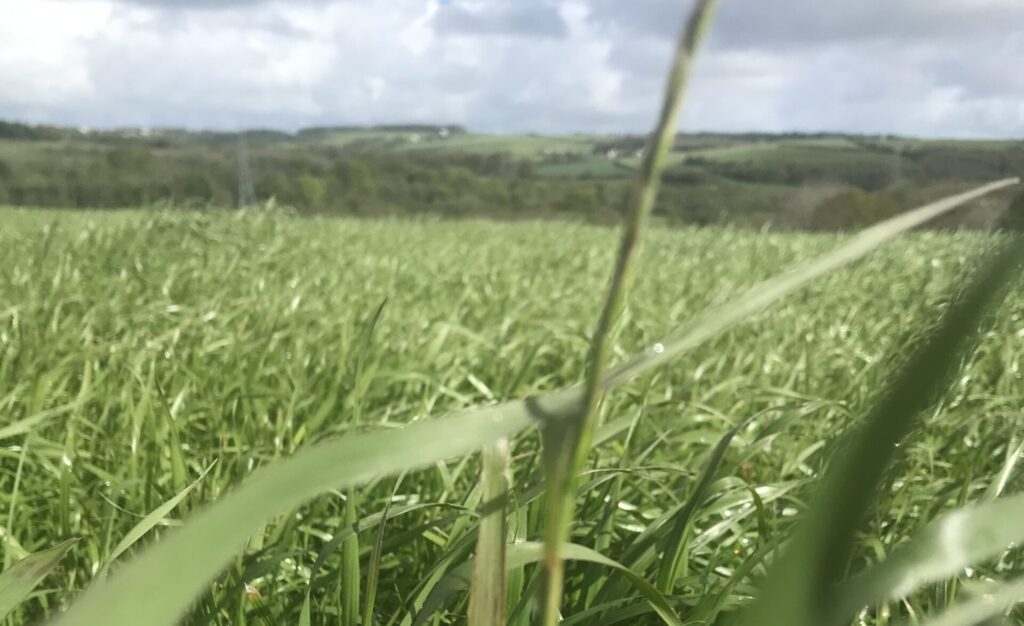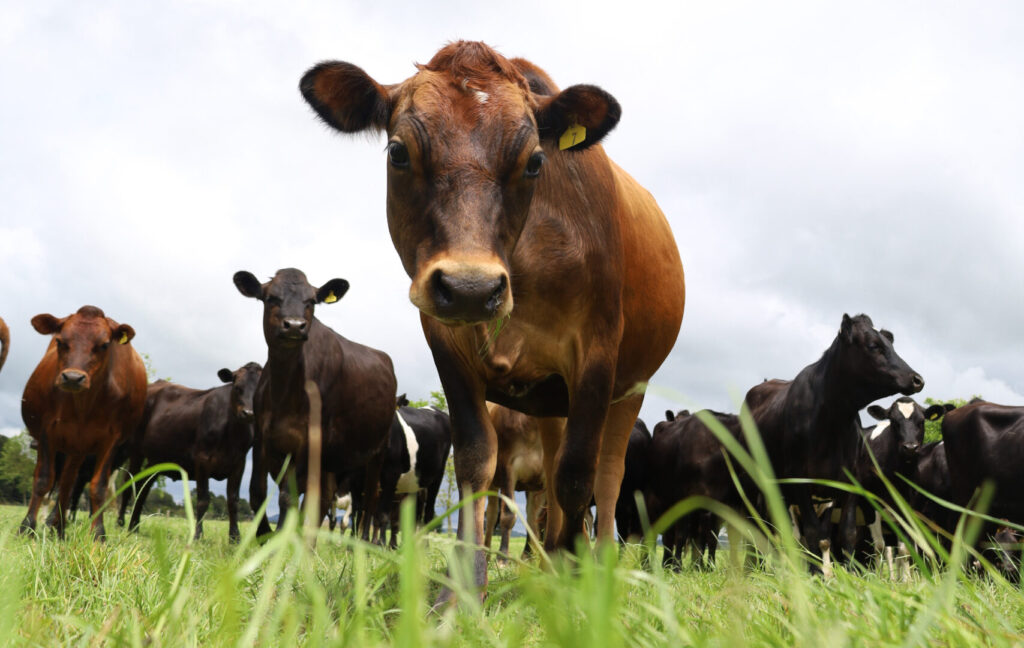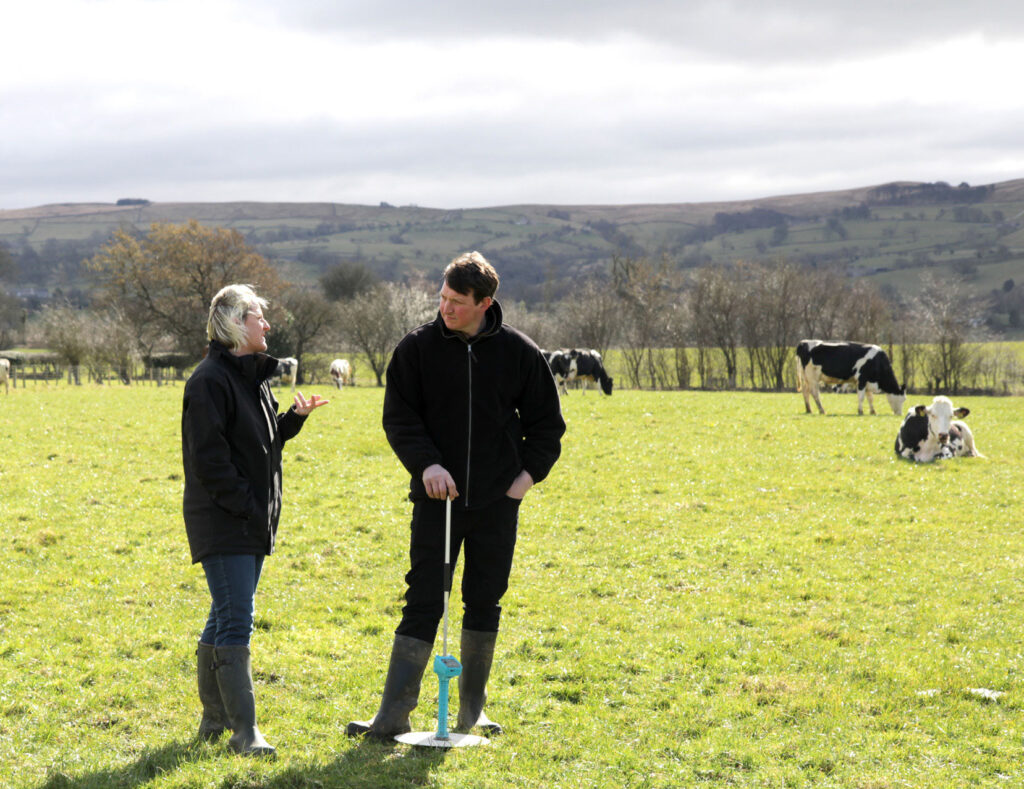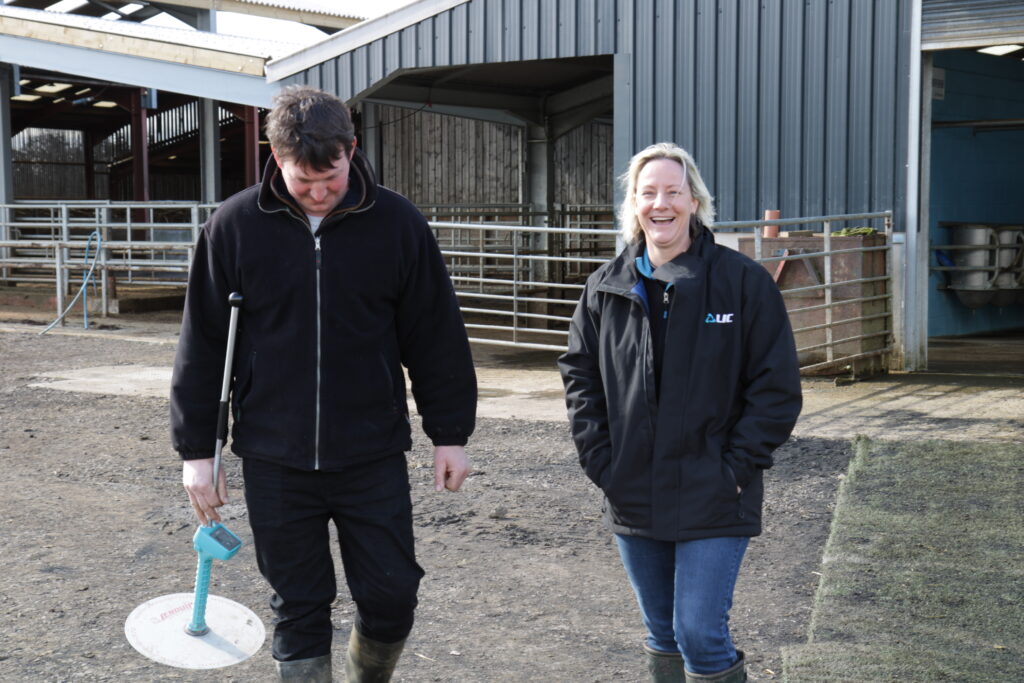This year, calving started 10 days before the planned start of calving, resulting in 67% of the herd calved down in two weeks. All the cows were calved with at least two weeks to recover before the start of mating. A review of the bulls used last year shows that they all had shorter gestations, but this would only account for 2-4 days.
This earlier start to calving did result in a shorter-than-planned transition period of around a week. 8% of the herd experienced milk fever, which we’ve put down to the shorter transition period, as most cases were at the beginning of calving.
We are monitoring the cows for signs of heat as we prepare for mating. For cows that do not show heat, we will use a CIDR® synchronization program to align their cycles with the start of the mating period. Since calving, all cows have undergone Metricheck™ to assess their uterine health. If any cows were found with uterine issues, they were rechecked two weeks later to ensure they recovered. Fortunately, the results show that most of the cows recovered quickly.
The plan for mating is to go all AI, using dairy for the first four weeks then beef from there. Currently, the mating block will be 12 weeks but could be cut shorter if conception rates allow.
We will use the same heat detection policy as last year: cow management tags, scratch stickers, teaser bulls and visual observations.
The cows are currently producing on average 27.5 litres with 4.7% fat and 3.43% protein. Milk quality is good with SCC around 130. The cows are feeding on 2.4 KgDM of sugar beet pulp, 1.1 KgDM of haylage, 3.92 KgDM of second cut and 3.42 KgDM of first cut silage, 7 Kg of concentrates and 4 Kg of blend.
Half of the calves have been weaned and the second half is starting the process towards weaning.
Autumn reseeding has been mixed. The early reseedings have already established, but the delayed reseeds are yet to show signs of geminating.
Recommendations
- Soil temperature is currently sitting around 6.5 degrees at 10cm depth. At this temperature, it is going to take around 23 days for 75% of the grass seed to germinate. As there has not been any leaf emergence, the risk is that any germinated seeds were damaged by the snow and have died. If leaf emergence is not seen soon, we’ll need to make a plan around reseeding this paddock in the spring and having it out of the rotation for longer.
- Monitor the weight of the teaser bulls while they in with the cows. If they put on too much weight they will work less efficiently.
- Monitor the hoof health of the teaser bulls to ensure they are fit to work.
- Because we are only breeding dairy for four weeks, we need to calculate non-return rates in week four to ensure conception rates are high enough to get the required number of heifer replacements. Working on a 90% submission rate, we’ll need to have a non-return rate of 66% to get around 70 heifers.
- With the average farm cover sitting at 2450 KgDM, animals will need to go out in January to maintain grass quality.
Read more on Walford College Farm’s transition to an autumn block-calving herd.
Contact Sean Chubb if you have any questions.



